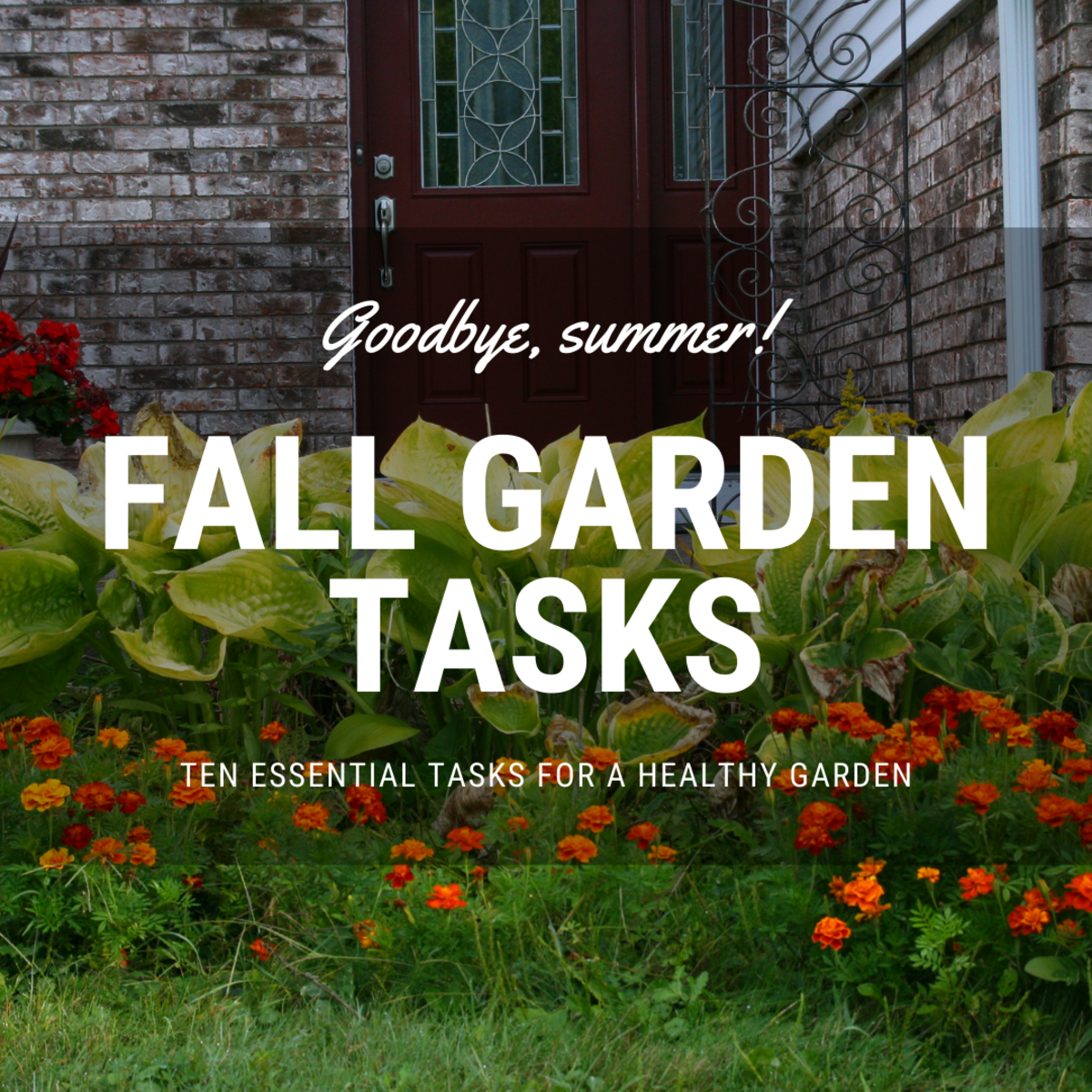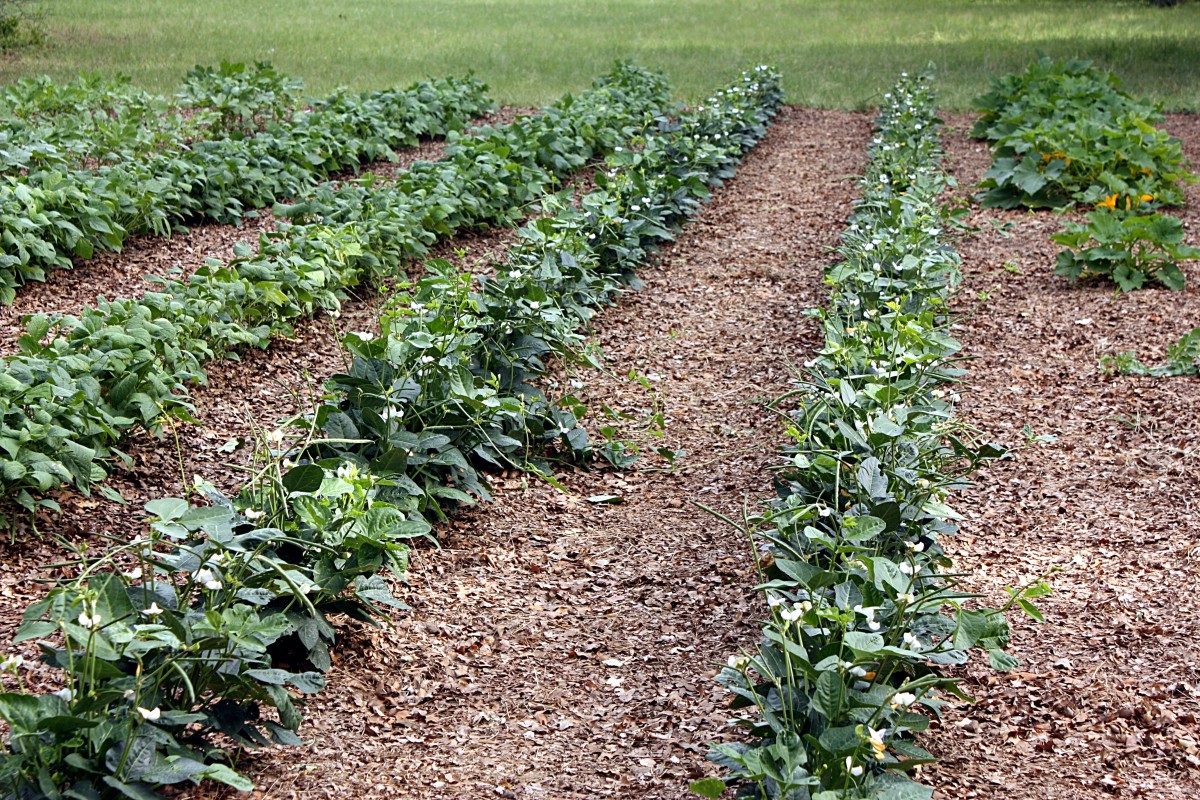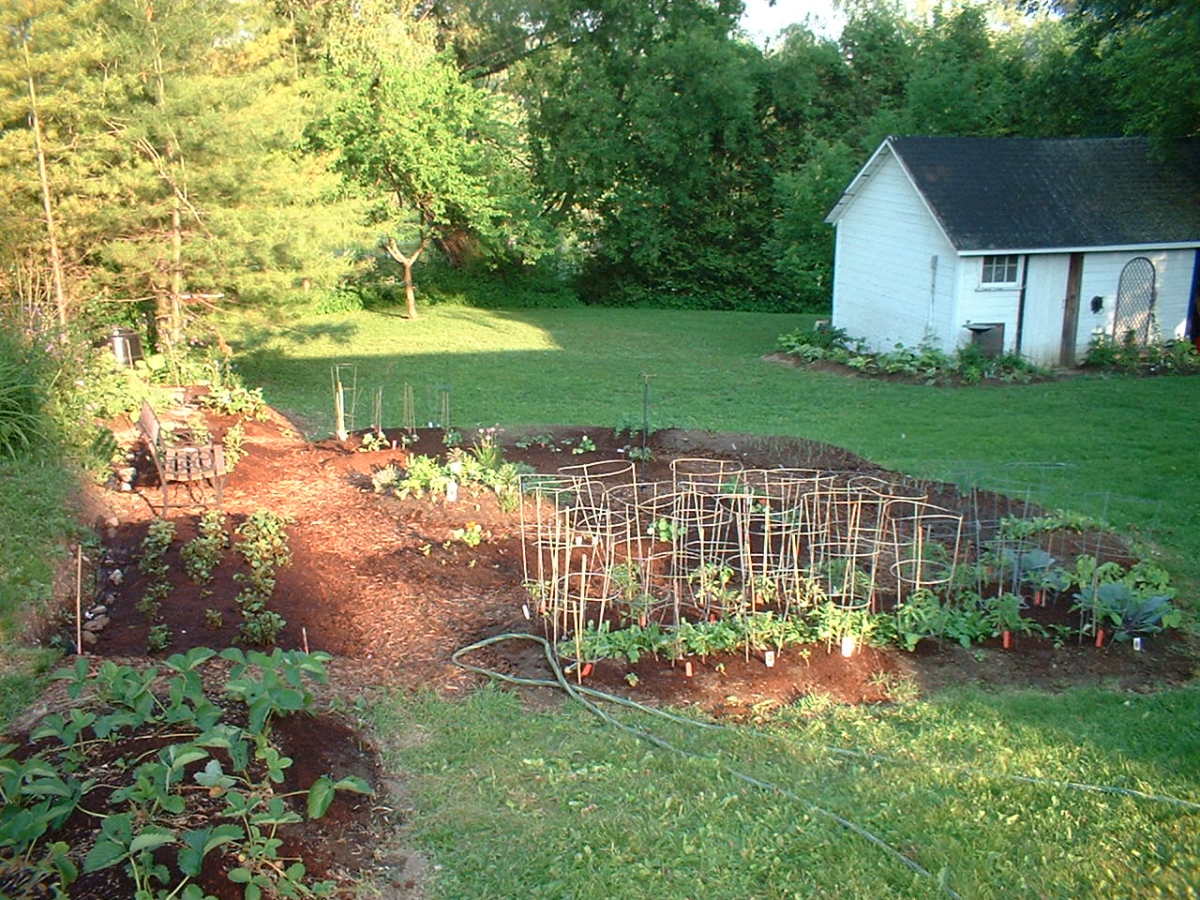Monthly Garden Maintenance
Set Up a Garden Maintenance Checklist
There is nothing you can do that will make gardening easier than keeping up with monthly garden maintenance throughout the year. This is because these timely steps will have a huge impact on how much work there is to do in the garden. Setting up and checking off a garden maintenance checklist is the best way to turn a potentially brutal hobby into a really enjoyable one.
Because seasons vary so greatly depending on where you live, there is no perfect month-by-month schedule that could possibly apply to all gardens. However, there are most definitely checklist items that should be on every gardeners list to maximize productivity in yield while minimizing the effort required.
Let's look at the most important garden care steps that should be added to your monthly garden care guide.
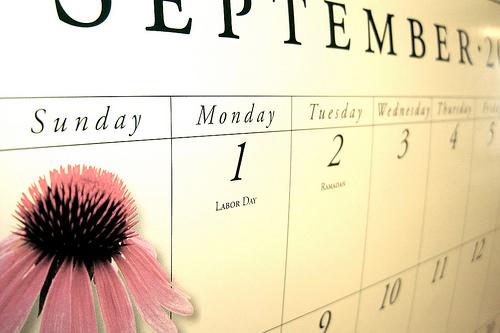
Winter Gardening Steps
Winter is the perfect time to get some gardening done, specifically garden design and planning a garden for the next season. Here are some important but fun steps that you can take in the winter months of January, February, and March to be ready for planting time.
Buy Seeds
If you are a gardener, you probably get seed catalogs in the mail. Winter is the perfect time to browse through them and decide what you are going to plant next season. This is a great way to read about new varieties or find something unique that will be a conversation piece in your plot of land next summer.
The best thing about catalog shopping is that you have way more choices than in a typical store, but don't count the local nursery out either, as new seeds start to arrive just after the new year. Be sure to find seeds for plants that will grow in your hardiness zone and don't be afraid to try something new.
For those looking for catalogs to review, you can get free catalogs from companies by simply requesting one on the internet. My favorites include Jung Seed, Park Seed, Burpee, and Tomato Fest. Check these sites out and you won't be disappointed.
Plan the Garden Layout
Winter is also a great time to make a garden plan. This is especially true if you are growing vegetable plants in a raised bed garden or using the square foot garden method, since planning just where each type of plant will go pays off in the long run for maximum productivity.
Decide how much space you have, what vegetables you are going to grow, and how much space each requires. This will help so that you don't buy too much or too little seed from vegetable seed suppliers.
For square foot gardeners, plan out which cells of the garden can handle cool season crops in spring and warm season crops in summer and plan the rotation. This will help to increase yields next year.
Create a Seed Starting and Planting Calendar
With seed packets in hand, now is the time to get out a calendar or use an online calendar to plan for key garden dates. Start with your last average frost date and work back from there. Then, using the seed packets as a guide, plan your seed sowing dates for each plant. Some you need to wait to plant directly in the garden, while others can be started indoors several weeks ahead.
Also mark down when you plan to transplant seedlings outdoors and don't forget to save at least a few days to harden off the young plants before they go in the soil.
You can even count ahead based on the typical maturity of each plant to plan for what might grow in that spot when the harvest is over. For example, a spot for peas in early summer will open up in the heat of summer, perfect for a bean crop.
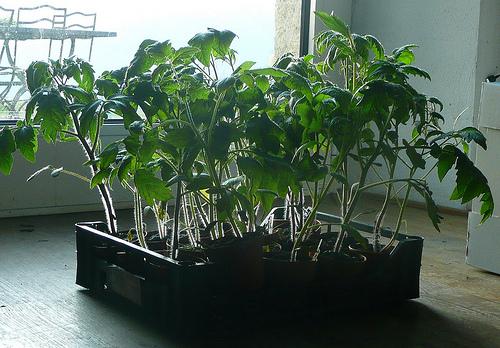
How to Harden Off Tomatoes
Late spring is the time to harden off tomatoes and peppers that have been growing safely in the basement. Here's how:
- About a week before planting, set out seedlings in a protected shady spot for an hour or two.
- Increase the time by an hour or two each day and gradually move them into filtered sunlight.
- Finally, let them sit out overnight. Just be sure it won't get too cold.
Beware that the seedlings will need more water than you may be used to, especially if it is hot outside, so watch them carefully.
Preparing for the Garden in Spring
When early spring rolls around some new monthly gardening maintenance tasks can be done. These are all about getting ready for planting and putting down those first cool season crops.
Start Seeds Indoors
When growing your own plants like tomatoes, peppers, and eggplant, it's important to get going early indoors. These big plants don't like to be out in the cold but because they require a reasonably long growing season, there isn't time to direct sow them in the soil in most climates. Starting seeds indoors is an easy job, will get the plants off to a roaring start, and is a lot of fun.
Be sure not to start too early. A good rule of thumb is to allow about 8 weeks for peppers and eggplant, and perhaps 6-8 for tomatoes. Vines like cucumbers or squash should not be started until just a couple of weeks ahead of the last frost date or they will become lanky.
Build a New Garden
As soon as it's not snowy or freezing outdoors a new garden can be constructed. If you've been spending the winter months planning for a new raised bed garden or square foot garden, or if you just planned to till up a new spot, this can be done as soon as soil is workable.
You can rent a garden tiller at most hardware stores, which does the job in a traditional garden very well. For a raised bed, get out there and turn the soil to loosen it up from the winter compression.
Amend the Soil
Spring gardening also involves soil amendments that will benefit your vegetables throughout the growing season. Before planting crops, consider adding amendments like fertile compost, coffee grounds, old leaves, or kitchen scraps. Do this before working the soil for best impact.
This is also a good time to add soil if needed, especially necessary in a raised bed. Top up the soil with a new layer of a light soil mix. You can buy this premixed or make your own perfect blend by mixing peat moss, vermiculite, and compost.
Planting Cool Season Crops
By the time mid to late spring rolls around, you can actually get out there and do some outdoor planting. Cool season crops like beets, carrots, lettuce, radishes, turnips, spinach, and peas can be planted just ahead of the last frost date.
Sets that get planted in the soil can also go in now. This includes onion sets and potatoes.
Planting After Last Frost
Once the last frost date has passed for your area, it's time to plant nearly everything else. That means tomatoes, sweet corn, broccoli, cauliflower, and cabbage can all go in now. Even beans are fine at this point, but it's a good idea to plant some very two weeks for a continuous harvest.
It's a good idea to wait just a couple weeks more to put the real heat loving plants out. Specifically, peppers, eggplant, and melon are examples of plants that really don't appreciate the cool nights of late spring.
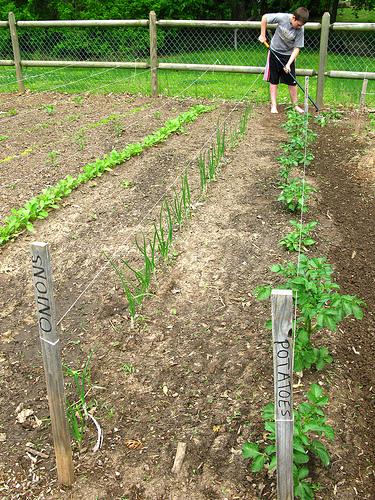
Summer Garden Maintenance
When June, July, August, and even September are here, the garden is in its full glory. Maintenance here consists largely of taking care of what's growing. These important jobs will keep the crops in good shape.
Keeping a Weed Free Garden
Weeding is the least fun aspsect of gardening for most people, but if you keep up with it the task is really not that bad. Besides, you might even get a workout and lose some weight gardening this summer if you get out there routinely.
Weeds fight your prized vegetables for nutrients and water, and left to grow they just spread more weed seeds, so it's important to keep them at bay. A quick till with a garden rake will do the trick, or just plucking the little pests out by hand, which is easier in a raised bed.
If you hate weeding, consider a raised bed filled with light and rich soil. This makes weeding a snap.
A Clean Garden is a Healthy Garden
Summertime usually starts simple enough, then suddenly the garden gets overgrown with crops everywhere. Keep up with this each week, and don't let it get away from you. When a row or section is done producing, clean it up right to the soil.
Remember, that spot can be used to get another crop in, so clean it up and plant something else. Besides, if old plant material is left to break down and rot in the garden it will just lead to a higher probability of soil diseases and it just looks plain ugly. Your garden can be a showcase all year long if kept clean.
Watering and Tilling a Garden
Most people till the garden in spring and then leave it for the year. The problem is that a summer of foot traffic, rain, and sun packs the soil down quite a bit. Get out there and till or hand cultivate the soil now and again to keep it light.
Water is the lifeblood of any plant, and making sure they have enough is imperative for a productive yield. Don't give up in the early weeks of the growing season and in the heat of summer, and your plants will reward you for it. Remember, plants like lettuce, celery, peas, and onions need plenty of water to reach their full glory, so give them what they need.
When you water, the soil tends to get compacted, so keep working the soil to offset the effect.
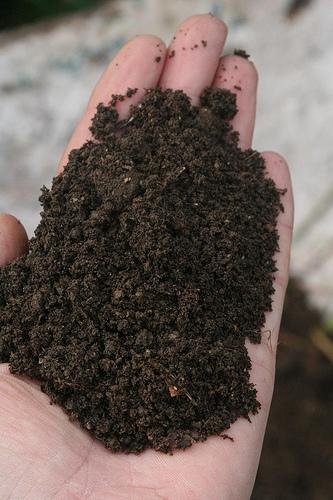
Prepare Garden for Winter
Once the show is over, it's time to clean up the garden to be ready for winter. A full routine will pay off in a major way here.
Creating a Compost Pile
As summer winds down and fall is here, your ability to create a compost pile goes way up. Garden waste and unused vegetables make for wonderful compost, so find a spot and save at least some of the waste to create a rich compost to add to the garden next year.
A small pile works nicely, but there are attractive barrels or bins that you can find at garden centers as well. These make turning the compost very easy since they are mounted sideways and can simply be turned now and again.
You can even create compost throughout the summer to add to the soil in fall, and fill it up again for a compost that will be ready in spring.
Cleaning the Soil
By the time the first snow arrives the soil should be completely free of plant material, unless you have decided to keep some winter garden vegetables around like garlic. Some plants like kale, onions, or even lettuce may also surprise you through the winter.
Everything else must go. Remove all stems and roots, dropped tomatoes and vegetables, and any fencing or posts that were not permanent. This not only prevents critters from making a home of your garden in winter, it looks nice.
Fall Garden Tilling
Like in spring, fall is a fine time to till the garden. This is especially true if you are amending the soil again with rich organic matter or compost, or just tilling in some leaf mulch or grass clippings. A fall till will make those additives break down very quickly.
If you take the time to clean the entire space before hanging it up for the season, next spring will be that much more fun. With no extra work to do next year but give the soil a quick turn, you'll be out and planting again in no time.
Follow the Garden Tips
If you follow these garden tips, the growing of vegetables gets much easier and productivity will go up. Set up a calendar in the kitchen or garage, or use an online version from a tablet or smartphone for easy reminders.
Get your monthly garden maintenance checklist set up now so that you can make notes and improve upon it year after year. Before long, your garden space will be simple to maintain, and it will never get away from you.


